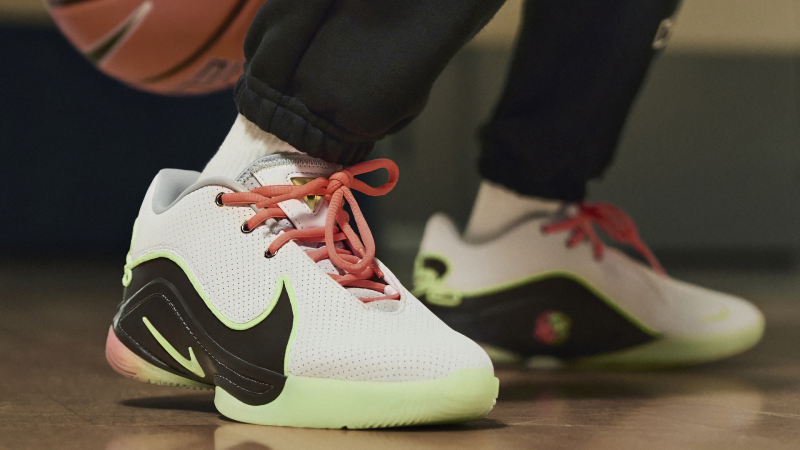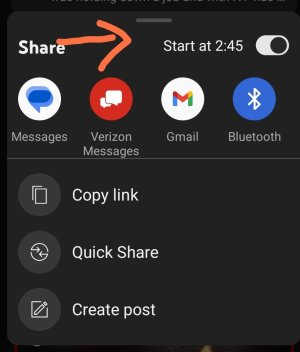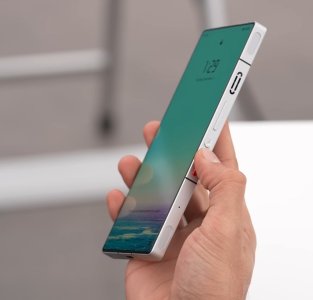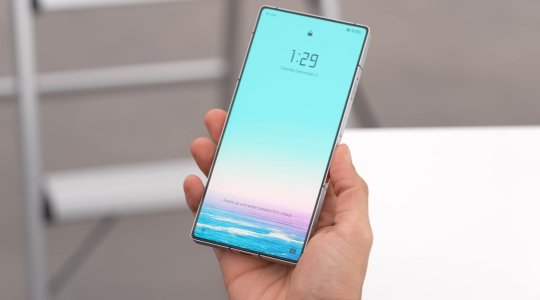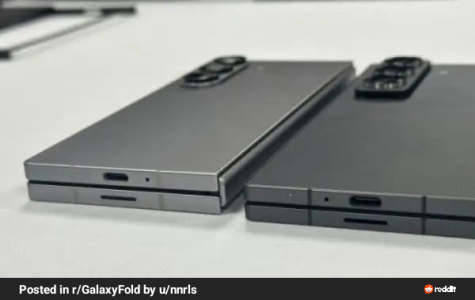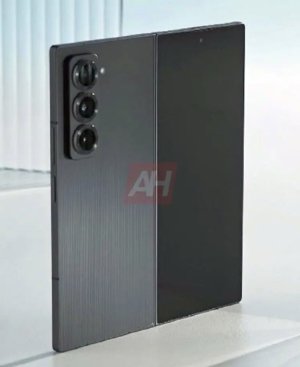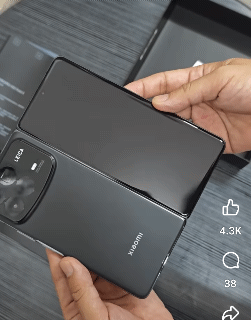5.1-inch display, though with an odd 1,800 x 1,080, 15:9 panel from Sharp and JDI to follow Meizu's string of odd aspect ratios. At the same time, the manufacturer has managed to keep the screen bezel at 2.9mm thick, making the carefully curved body 72mm wide (as well as 9.1mm thick and 143g heavy).As a close buddy of Samsung's semiconductor division, it's no surprise to see Meizu embracing an Exynos 5 Octa SoC for the MX3. Assuming it's the same 5410 variant as used by the Galaxy S 4, we should be looking at quad Cortex-A15 1.6GHz plus quad Cortex-A7 1.2GHz cores, along with 2GB of RAM and SGX544 MP3 graphics. As for the camera, rather than joining the 13-megapixel hype, Meizu's opted for Sony's third-generation 8-megapixel sensor, along with a fast f/2.0 lens (with second-gen sapphire glass), zero-delay image stabilization and a Fujitsu ISP that helps enable capture speed of up to 20fps. Another notable feature is that the MX3 comes with a Wolfson audio chip, which apparently enables a high 113dB signal-to-noise ratio plus a low distortion rate of just 0.002 percent. Like some of the latest Chinese flagship phones, you'll also find Dirac HD codec and a dedicated audio amplifier on the here. With so many goodies included, Meizu thinks the 2,400mAh Sony cell can still provide 9 hours of 3G browsing, 10 on Wi-Fi or 7 hours of 1080p video playback. The CEO also assured the audience that the phone has much improved heat dissipation, crediting a dual-layer design to separate CPU heat and display heat. Of course, only time will tell if this is as good as it sounds.The price goes from CN¥2,499 (about US$410) for the 16GB model, all the way up to CN¥3,999 (US$650) for a whopping 128GB option -- a first for smartphones!
 now that they're not only comparing it to an iPhone...
now that they're not only comparing it to an iPhone...




 .
.

